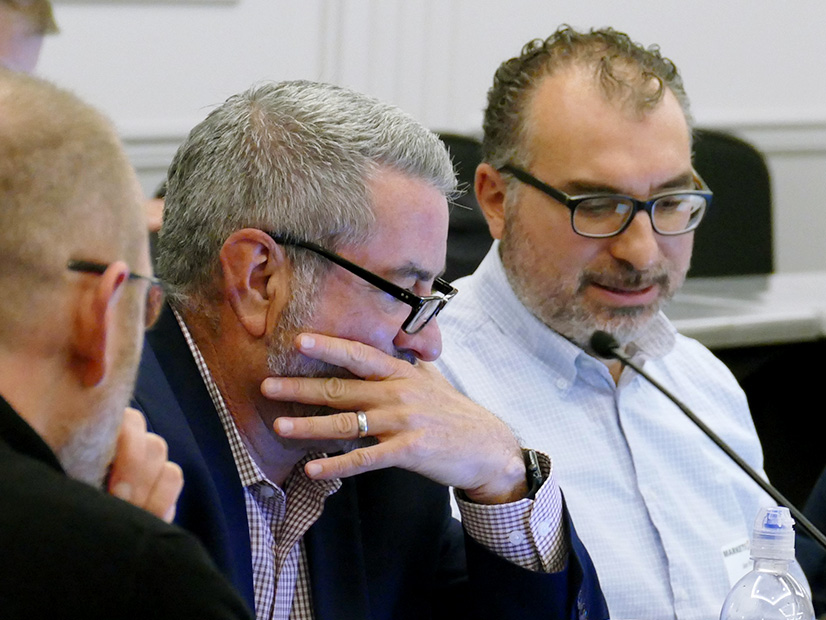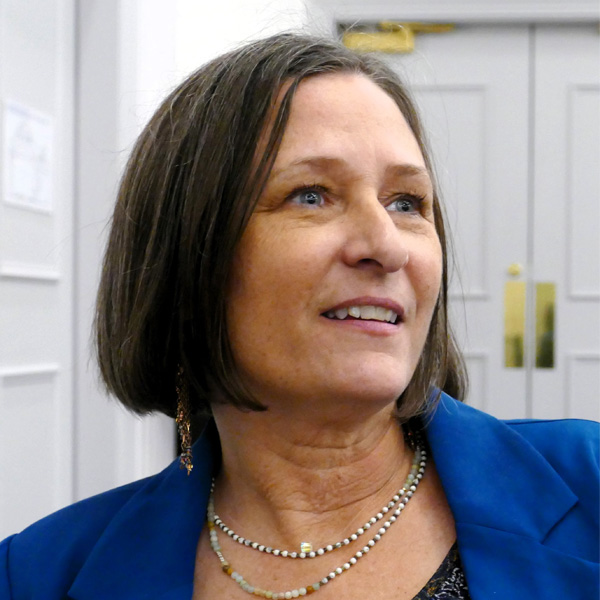
PORTLAND, Ore. — As potential participants in SPP’s Markets+ day-ahead offering gear up for the second phase of the day-ahead market offering, Bonneville Power Administration has emerged as the proverbial 800-pound gorilla.
With its 15,000 miles of transmission lines — about 70% of the region’s facilities — and 22 GW of low-cost hydroelectric power that it sells to its customer base of publicly owned utilities, BPA is seen by some as obstinately pursuing Markets+ membership rather than joining others in CAISO’s competing Extended Day-ahead Market (EDAM).
But BPA says that is not the case.
The federal agency says following through on its $25 million funding commitment to Markets+’ development, despite several studies that claim EDAM offers more benefits, is simply a matter of preserving a choice between the two markets. That and listening to the wishes of its “preference” customers, the utility districts, municipalities and cooperatives that buy BPA’s power.
“Our preference customers have been very clear. They want us to continue funding because what we have always said is, at the end of this process, we want to have two markets, two options to decide on,” BPA’s Rachel Dibble, vice president of wholesale markets, told RTO Insider Nov. 12. “Bonneville’s portion of [Phase 2 funding] is what we need to pay to keep that as a viable option.”
Dibble said BPA still is negotiating a funding agreement with SPP. She said there have not yet been any commitments, but the agency’s intent is to “get an agreement that works for us and to fund.”
SPP has set a Dec. 16 deadline to finalize funding arrangements.
“It has to be an agreement that everyone is comfortable with,” Dibble said. “SPP has always been very good to work with and flexible, because they just want everyone to have a say and to be able to get their concerns addressed.”
The majority of preference customers recently made clear where they stand with a letter to the U.S. Department of Energy, under which BPA is one of four regional federal power marketing administrations. The signatories said the letter was designed to remind the DOE and the region’s congressional delegation to respect BPA’s independent decision-making as it considers market options.
“Enabling BPA to act without external pressures will ensure its continued alignment with its statutory responsibilities and enduring mission to serve the Northwest,” the utilities said in the letter. (See Public Utilities Urge DOE to Respect BPA’s Day-ahead Decision Process.)
“We’ve had very strong support from our preference customers. They really prefer Markets+,” Dibble said. “The governance is by far the most common reason that we hear from them, that they really want to make sure that we’re in a market where [BPA’s] discretion is protected and it’s an independent governance model. We just have to be careful about not letting that erode or violate our statutes.”
BPA has long pointed to SPP’s independent governance model — which includes building consensus among stakeholders before making decisions — as the primary reason for choosing Markets+ over EDAM. It has stuck with staff’s recommendation to make a qualitative decision and go with a governance framework independent from California state influence instead of basing it on various western market studies.
One such recent study by Energy and Environmental Economics (E3) found BPA would realize significantly greater economic benefits in EDAM than in Markets+. (See Rising Tensions Evident at BPA Day-ahead Markets Workshop.)
“Having the independent governance is something that’s a protection for us,” Dibble said. “What we’re just really trying to do is honor what our obligation is, and that’s to have a transparent, thorough, thoughtful, deeply analytical process … it’s the right thing to do.”
Among preference customers, Seattle City Light has stood out as an opponent of BPA’s leaning in favor of Markets+. In a Nov. 14 letter to BPA Administrator John Hairston, City Light CEO Dawn Lindell contended that BPA’s “disregard” for the E3 study results was “alarming” and criticized the agency for continuing to fund Markets+ while not contributing financially to the West-Wide Governance Pathways Initiative’s effort to bring more independent governance to CAISO’s markets. (See related story, Markets+ Leaning ‘Alarming,’ Seattle City Light Tells BPA.)
BPA plans to issue a draft decision in early March and open it up for public comments. A final decision will be made in May.
Dibble was just one of a half-dozen or so BPA staffers who attended the Nov. 12 Markets+ Participant Executive Committee about a mile from the agency’s headquarters building in Portland. She cast nearly 20 votes as the group easily approved the latest batch of protocol language, leaving only a few remaining sections that likely will be up for approval during MPEC’s January meeting in Tempe, Ariz.
Most of the language was brought forward by the Markets+ Design Working Group, which sought approval on everything from energy and flexibility products to “those things that go kerplunk,” according to the group’s vice chair, Xcel Energy’s Nick Detmer.
Detmer, who stepped in following the sudden recent departure of BPA’s Russ Mantifel, promised MPEC members the MDWG was “coming here with 240 minutes worth of exciting stuff, a lot of math, a lot of settlements, how we can handle things, how departments can interact, how we generate.” (See BPA Markets+ Support Intact Despite Exec’s Resignation, Agency Says.)
“Is [kerplunk] a defined term?” asked the Western Power Trading Forum’s Scott Miller, drawing laughter. Detmer explained that “kerplunk” refers to occasions where the market’s functions fail to solve.
“There’s instances where it’s delayed and that does happen occasionally, but in terms of kerplunk, that’s not a problem,” SPP’s Carrie Dixon said.
The MPEC tabled a discussion on a meeting-attendance policy until it gathers again in Arizona. It also delayed until August 2025 consideration of engaging an external adviser, offering insight on market design separate from SPP’s Market Monitoring Unit, over the scope of its work and compensation.
After Phase 1 market participants voiced conceptual support for an external adviser last year, a Markets+ legal subgroup suggested bringing on the advisory-only role in the second quarter of 2026. The contract would encompass the market’s targeted go-live date of May 2027 and would be paid by either load under the tariff or directly funded by MPEC participants.
However, compensation that could reach $2.5 million proved a sticking point as MPEC debated whether to pay the adviser by the issue studied or on a retainer.
“That seems like a lot to pay for an expert without having issues to look at. It seems to lack some prudence,” said MPEC Chair Laura Trolese, with The Energy Authority.
“It’s hard for me to have perspective on this,” the Public Generating Pool’s Mary Wiencke said. “Paying $2.5 million to do nothing? Yeah, I’d like to have that job.”
SPP’s Carrie Simpson said staff would take the committee’s input and provide more information by August, including a refinement of costs.
In other actions, MPEC members approved Tacoma Power’s Thad Levar and BPA’s Sara Eaton to fill public power vacancies on the MDWG and Michiko Sell, with Grant County (Wash.) PUD, to an open public power seat on the Markets+ Transmission Working Group.
As the meeting ended, Dibble appeared to be even more comfortable with SPP’s approach to Markets+.
“This is the first time we’ve been in the full SPP process,” Dibble said after the meeting ended. “I think all of us throughout the West are kind of learning it and trying to figure out how the meetings go. It’s something that definitely takes a lot of investment and you take responsibility for what’s actually being written. And that’s one of the features of independent governance that we know that we just need to invest a lot more time in.”




